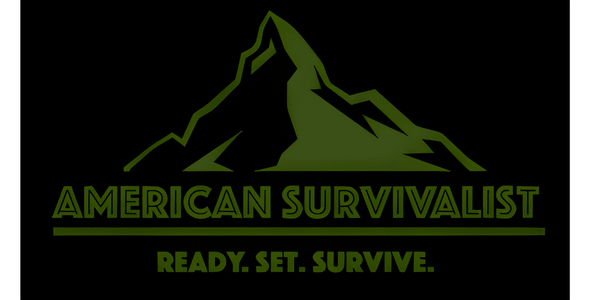Survival Skills and Kit FAQ
Basic Survival Skills
Q: What are some basic survival skills every American Survivalist should know?
A: Every American Survivalist should have basic survival skills, such as how to start a fire, how to build a shelter, how to find and purify water, how to navigate using a map and compass, how to signal for help, and how to obtain food through hunting, fishing, or foraging.
Q: What are the top survival skills that every American Survivalist should have?
A: The top survival skills that every American Survivalist should have are the ability to start a fire, build a shelter, find and purify water, navigate using a map and compass, and obtain food through hunting, fishing, or foraging.
Building a Survival Kit
Q: What should I include in my survival kit?
A: A survival kit should include items such as a first aid kit, a knife, a water filtration system or tablets, matches or a lighter, a shelter such as a tent or tarp, extra clothing, a flashlight or headlamp, a map and compass, food such as energy bars or MREs, and a means of communication such as a whistle or radio.
Q: What are some survival kit essentials that should never be overlooked?
A: Some survival kit essentials that should never be overlooked include a map and compass, multi-purpose knife, water purification tablets or filter, emergency shelter, fire-starting tools, first aid kit, and emergency signaling devices.
Learning Survival Skills
Q: How can I learn survival skills if I don't have any prior experience?
A: There are many resources available for learning survival skills, such as online tutorials, books, and courses. It's also a good idea to find a mentor or take a class to learn from someone with experience.
Q: How can I learn more about wilderness survival skills?
A: You can learn more about wilderness survival skills through various resources such as survival schools, books, online courses, and outdoor recreation stores that offer workshops and classes.
Mistakes and Considerations
Q: What are some common mistakes that new American Survivalists make?
A: Some common mistakes that new American Survivalists make are overpacking their survival kit, not testing their equipment before a survival situation, and not having a plan or enough knowledge about survival skills.
Q: What are some common mistakes people make when building their own survival kit?
A: Some common mistakes people make when building their own survival kit include not considering their specific needs and environment, overpacking and making the kit too heavy, forgetting to include key essentials such as a first aid kit or emergency shelter, and not regularly maintaining and updating the kit.
Advanced Skills and Techniques
Q: What are some advanced survival skills that are useful to know?
A: Some advanced survival skills that are useful to know include wilderness first aid, navigation using the stars, building more complex shelter structures, hunting and trapping, and foraging for wild edibles.
Q: What are some effective fire-starting techniques for survival situations?
A: Effective fire-starting techniques for survival situations include using a lighter or matches, a ferrocerium rod, a magnifying glass or lens, or friction-based methods such as a bow drill or hand drill.
Health and Safety
Q: What kind of first aid skills should I know in a survival situation?
A: Basic first aid skills that are important in a survival situation include how to treat wounds, how to splint a broken bone, how to perform CPR, and how to recognize and treat hypothermia or heat exhaustion.
Q: How can I protect myself from hypothermia or heat exhaustion in a survival situation?
A: To protect yourself from hypothermia in a survival situation, it's important to stay dry, insulate yourself from the ground, and wear appropriate clothing. To protect yourself from heat exhaustion, stay hydrated and take frequent breaks in the shade or a cool area.
Tools and Equipment
Q: What are some essential tools for survival that I should have in my kit?
A: Essential tools for survival include a knife, a multitool, a fire starter, a water filtration system, and a means of communication such as a whistle or radio.
Q: How can I improvise medical equipment in a survival situation?
A: In a survival situation, medical equipment can be improvised using items such as duct tape, bandanas, and even tree sap. For example, duct tape can be used to secure bandages or splints, and bandanas can be used as slings or tourniquets.
Defense and Protection
Q: What kind of weapons should I have for self-defense in a survival situation?
A: The type of weapon you should have for self-defense in a survival situation depends on your personal preference and skill level. Some common options are a firearm, a knife, or pepper spray.
Q: What are some non-lethal self-defense options in a survival situation?
A: Non-lethal self-defense options in a survival situation include items such as pepper spray, stun guns, and tasers. Improvised weapons such as rocks, sticks, or a strong flashlight can also be used to fend off attackers.

American Survivalist Insider
Join our community and be the first to receive expert survival guides, exclusive product releases, limited-time discounts, and the latest news and trends in emergency preparedness.

